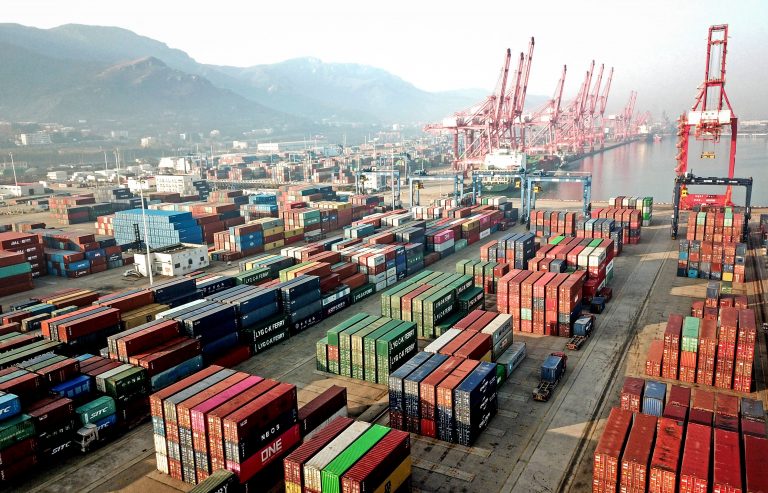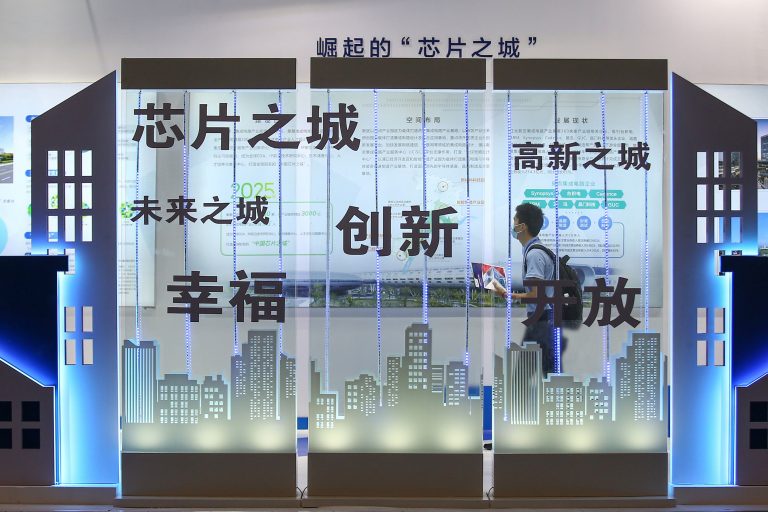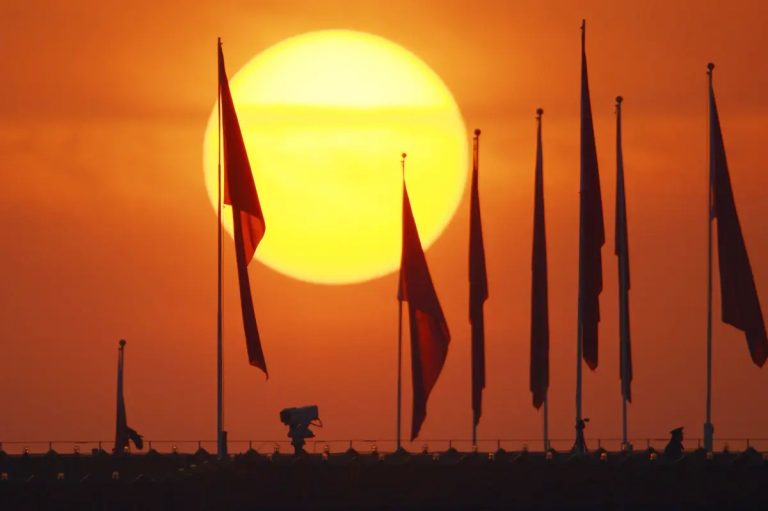A critical decrease in China’s exports — the fastest since the onset of the COVID-19 pandemic — has underscored the need for the world’s second largest economy to bolster its domestic demand amid high inflation in key developed markets and heightened geopolitical tensions.
China witnessed its exports plummet by 12.4 percent in June compared to the previous year, according to customs data from July 13. The dive was more profound than expected; it exceeded projections of a 9.5 percent drop according to a Reuters poll, and significantly surpassed May’s annual 7.5 percent decline.
MORE ON CHINA’S ECONOMY:
- Risk of Deflation in China Raises Concerns for the Global Economy
- Investors Wary of China’s Economy Amid Stagnant Post-Pandemic Recovery and Anticipated Stimulus Measures
- Premier Li Qiang Talks Up China’s Growth at World Economic Forum Meeting
- China Travel Spending Figures Show Economy Worse Than 2019
Zhiwei Zhang, president and chief economist at Pinpoint Asset Management, interprets this ongoing economic trend as a clear signal of weakening global markets, which will continue to pressurize China’s exports for the rest of the year. “China has to depend on domestic demand. The big question in the next few months is whether domestic demand can rebound without much stimulus from the government,” he asserts.
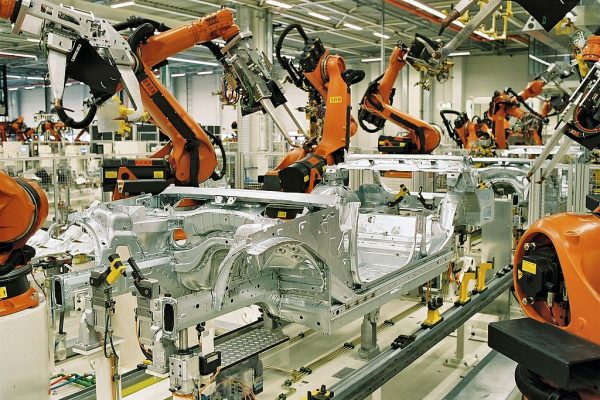
Waning local demand
Additionally, China recorded a 6.8 percent drop in imports in June from the same time last year — further stressing the mounting concerns over diminishing local demand.
On this note, Lu Daliang, a spokesperson for China’s customs bureau, cautioned that China’s trade will continue to face “considerable pressure” in the second half of the year. During a press conference on July 13, Lu cited high inflation in developed countries and geopolitical issues as key factors.
Success
You are now signed up for our newsletter
Success
Check your email to complete sign up
RELATED: China’s Export Controls on Gallium and Germanium Escalate Semiconductor Trade War
Despite this general downturn, there’s been growing divergence in China’s trade, officials say. The customs bureau reports that China’s trade with Southeast Asian economies and its “Belt and Road” partners is faring better than its trade with the United States and the European Union (EU).
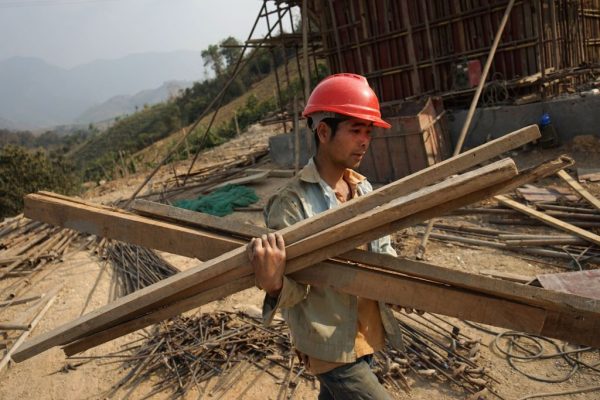
Shaky ground
Moreover, China is in ongoing negotiations with the Association of Southeast Asian Nations (ASEAN) to deepen a free-trade area partnership, according to China’s top diplomat Wang Yi. There’s also progress toward the full implementation of the Regional Comprehensive Economic Partnership, a trade bloc backed by China that includes Australia, Japan, South Korea, New Zealand, and the ten ASEAN member states.
Despite a general decline, Zichun Huang, an economist with Capital Economics, offers an optimistic outlook, stating, “The worst of the decline in foreign demand is probably already behind us.” She suggests that while recessions still threaten developed economies, their impact on Chinese exports will be mild. Furthermore, Huang anticipates a surge in shipments of green technology, including Chinese-made EVs, batteries, and solar panels, which could help revitalize export growth.
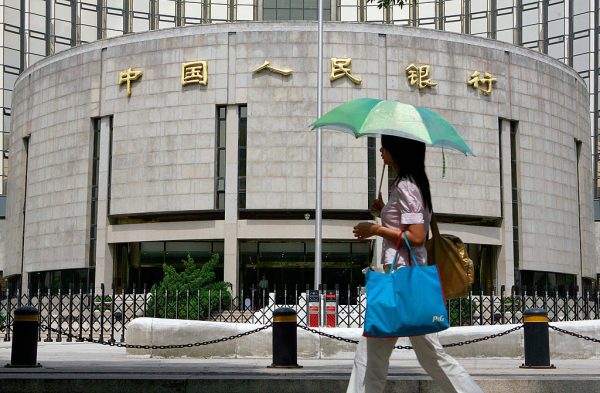
However, Huang warned that China’s long-term economic outlook remains precarious amid a global slowdown in demand. “The global downturn in goods demand will continue to weigh on exports,” she said.
Investors push for stimulus
But the gravity of the situation calls for policy measures to strengthen domestic demand, according to Zhou Hao, an economist at Guotai Junan International. Echoing his sentiments, last week, new Chinese premier Li Qiang announced that China would introduce targeted and coordinated policy measures to stabilize growth, ensure employment, and guard against risks.
RELATED: China Hiding $3 Trillion in Foreign Currency ‘Shadow Reserves’, Former US Official Says

As China navigates its economic recovery and industrial upgrading period, Li emphasized the significance of an effective mix of policies. Further demonstrating this intent, the People’s Bank of China and National Financial Regulatory Administration jointly announced an extension of loan relief for some developers on July 10, aimed at ensuring the delivery of homes under construction.
However, the economic reality remains stark. China’s producer prices have seen a continuous decline for nine consecutive months. Simultaneously, consumer prices remain static, indicating the economic tightrope China is walking, teetering on the edge of deflation.
All these signs highlight the depth of the challenges China faces in rejuvenating demand and revitalizing growth to meet its declared growth target of around 5 percent.



